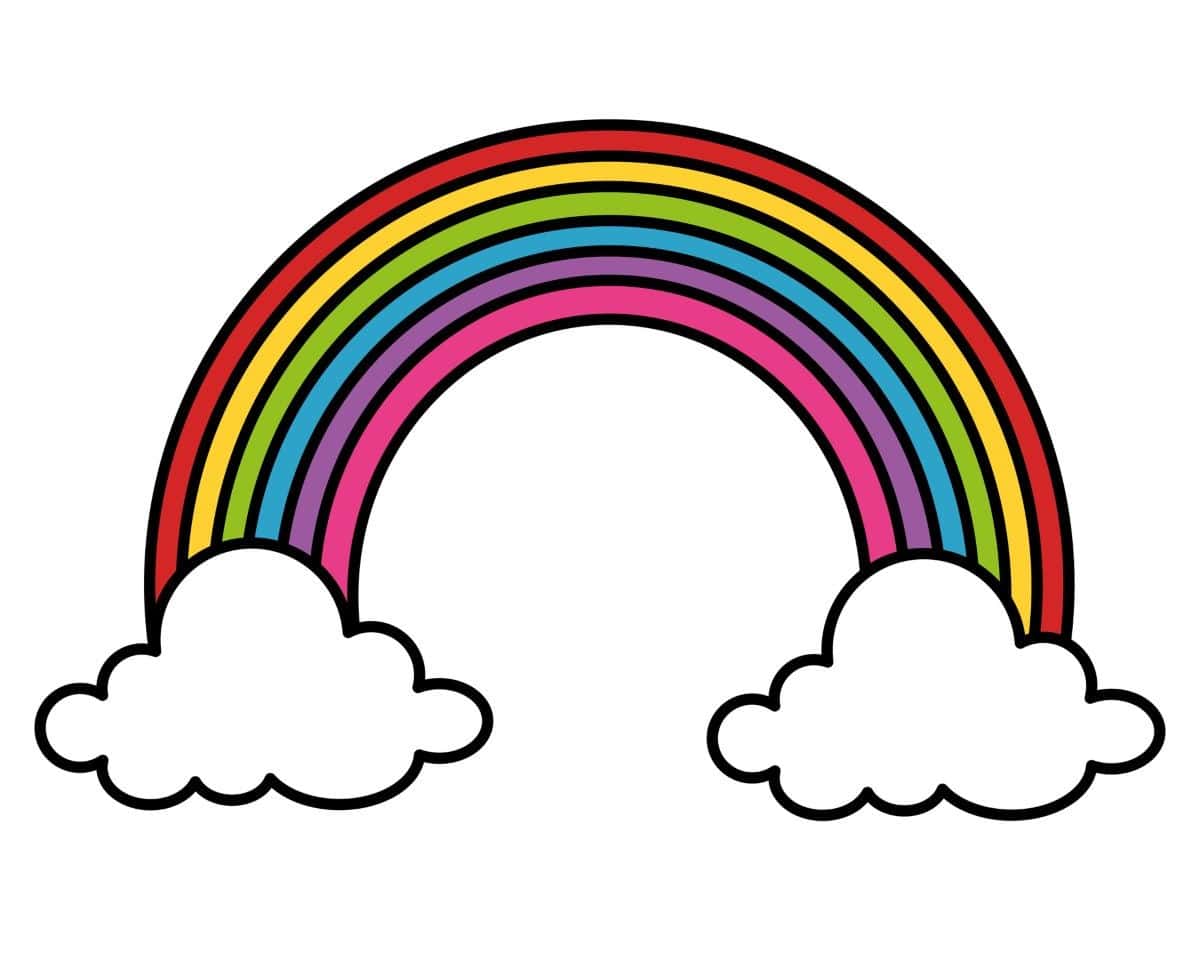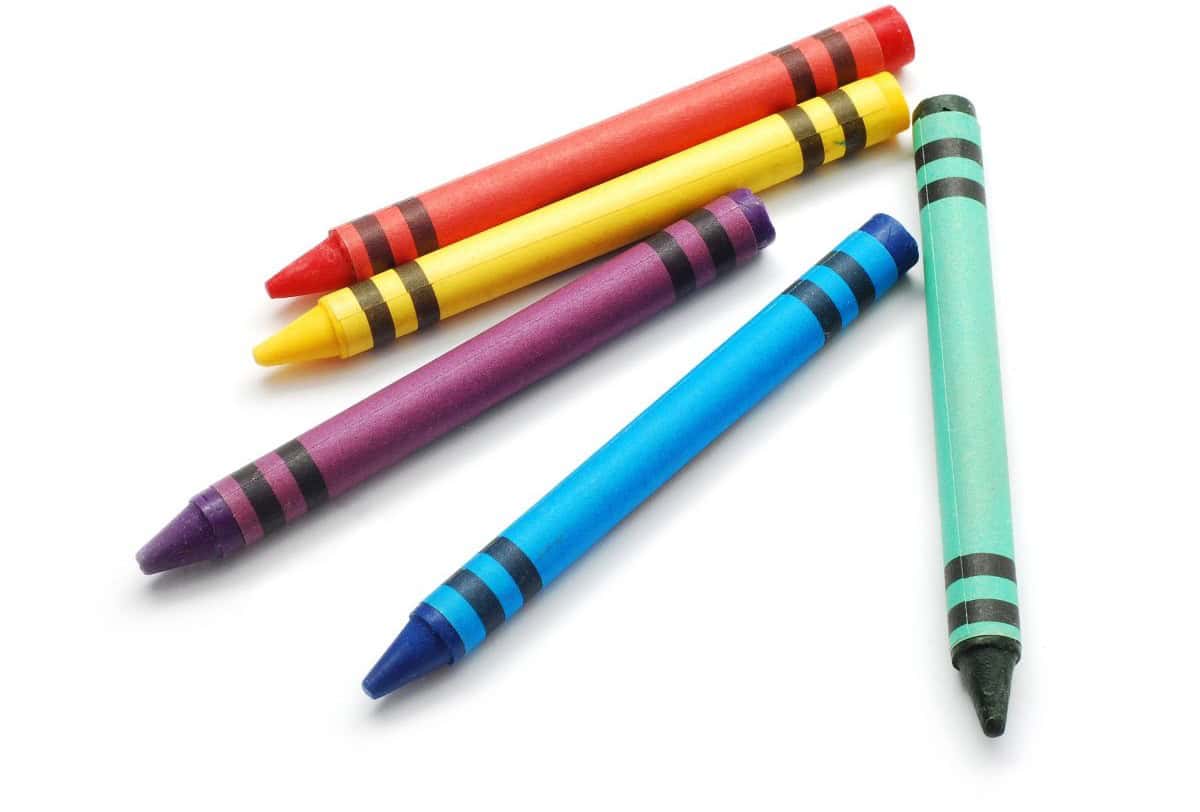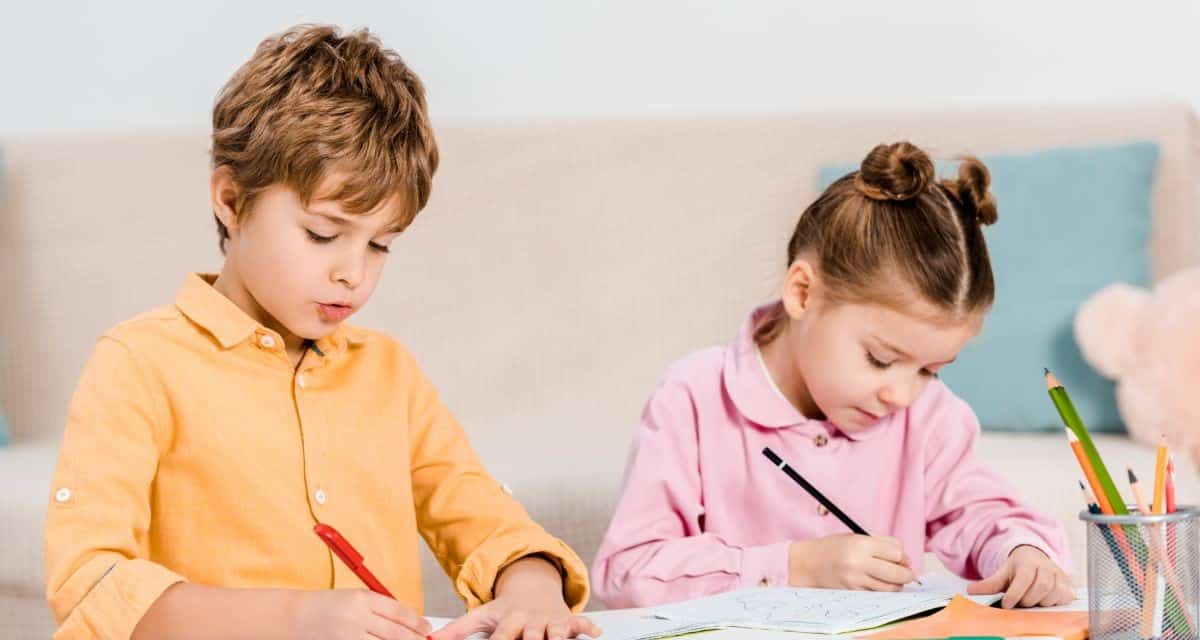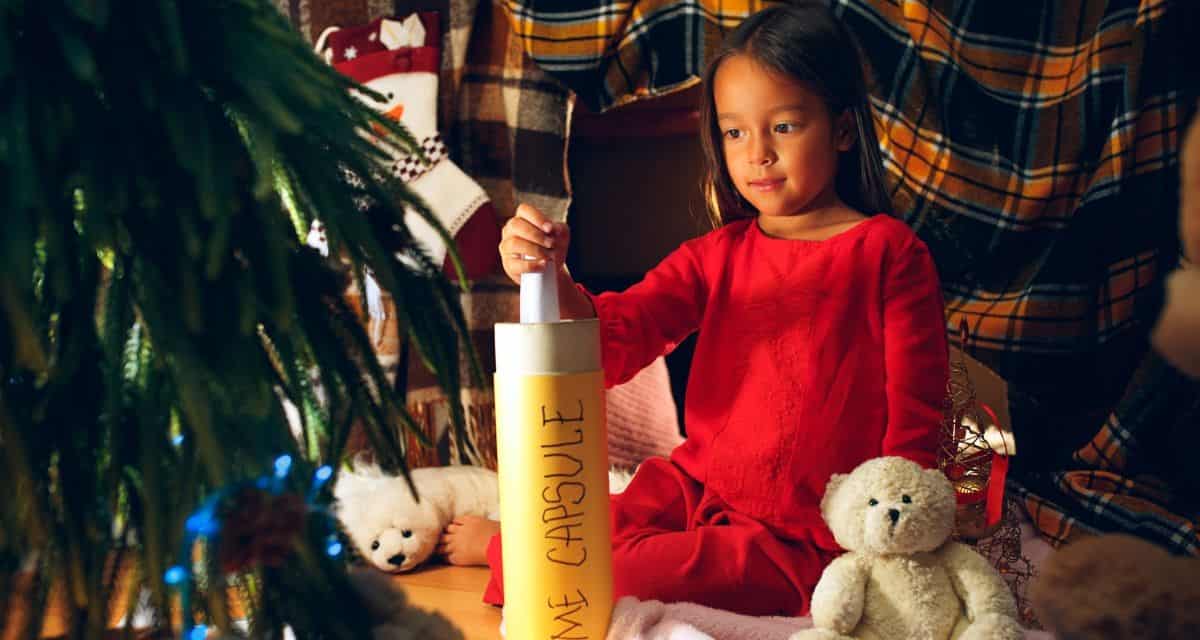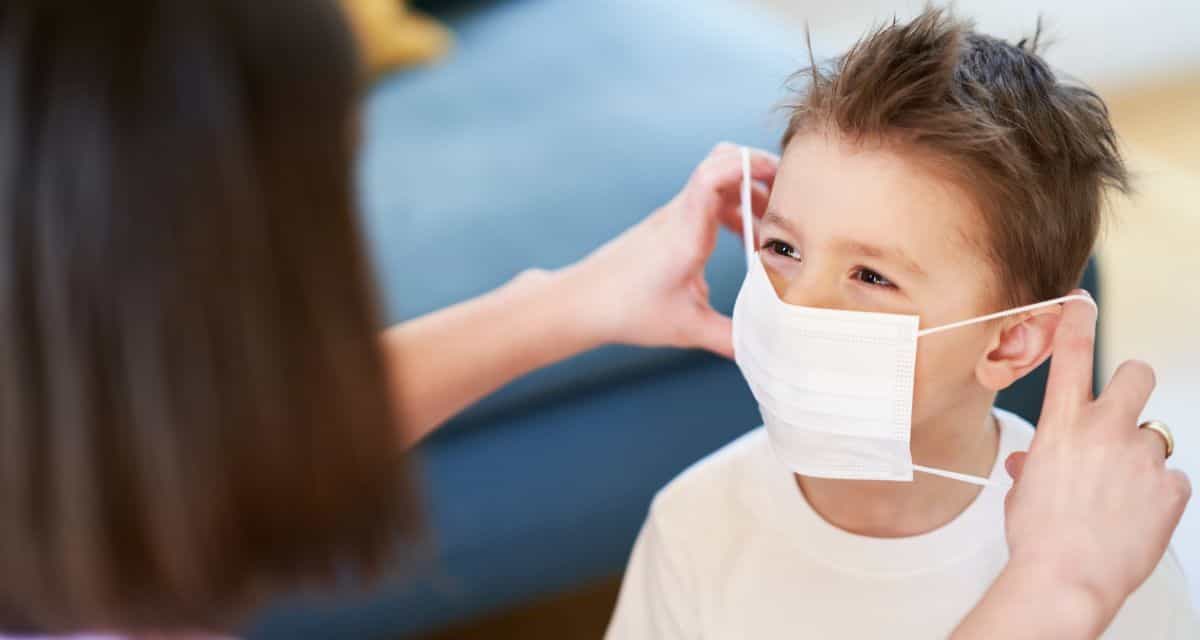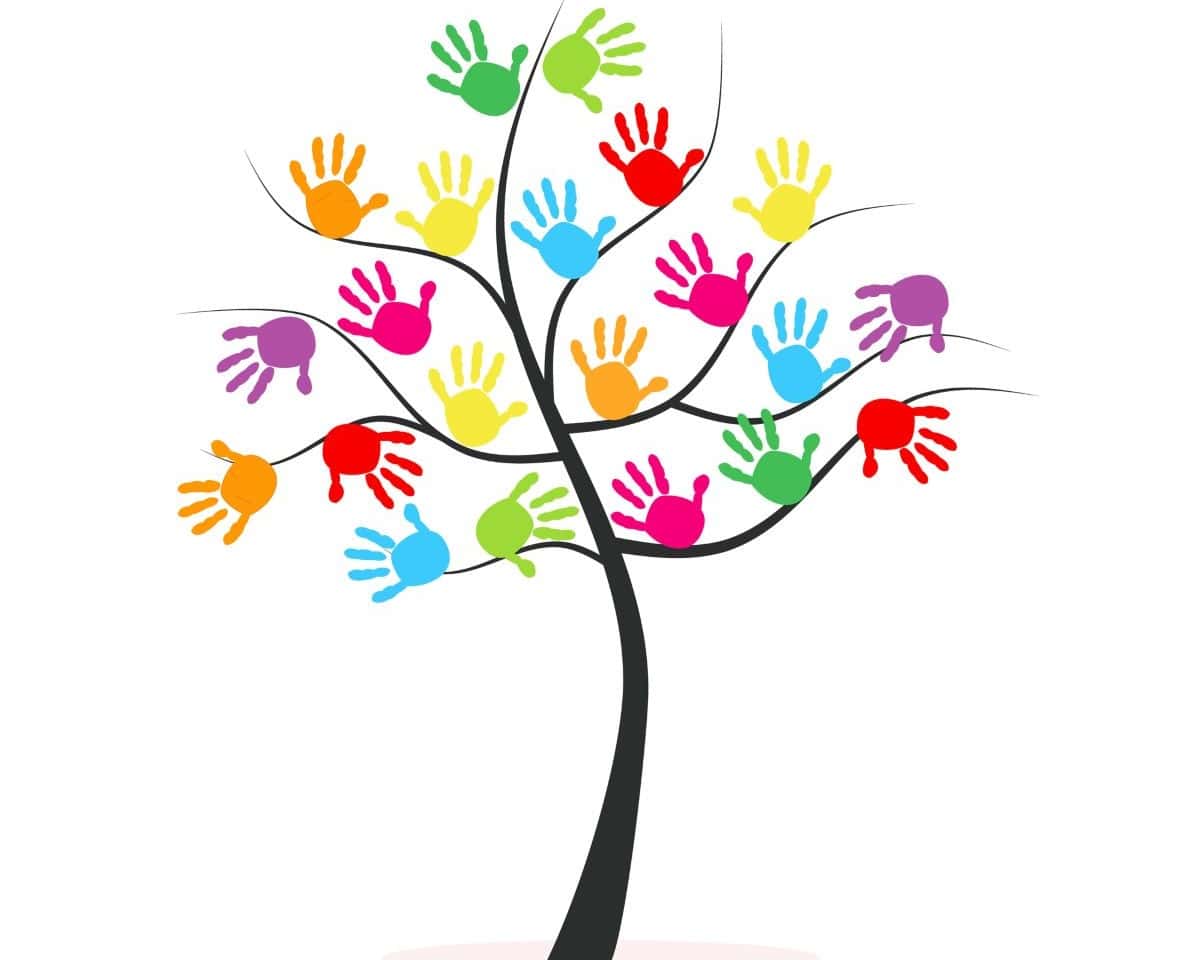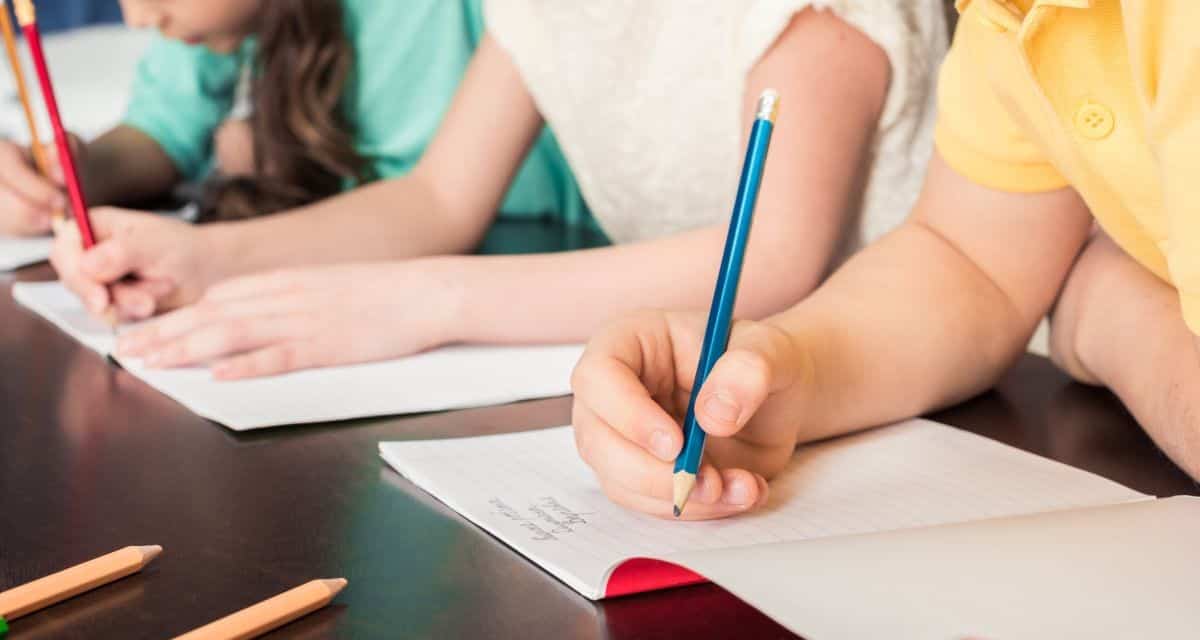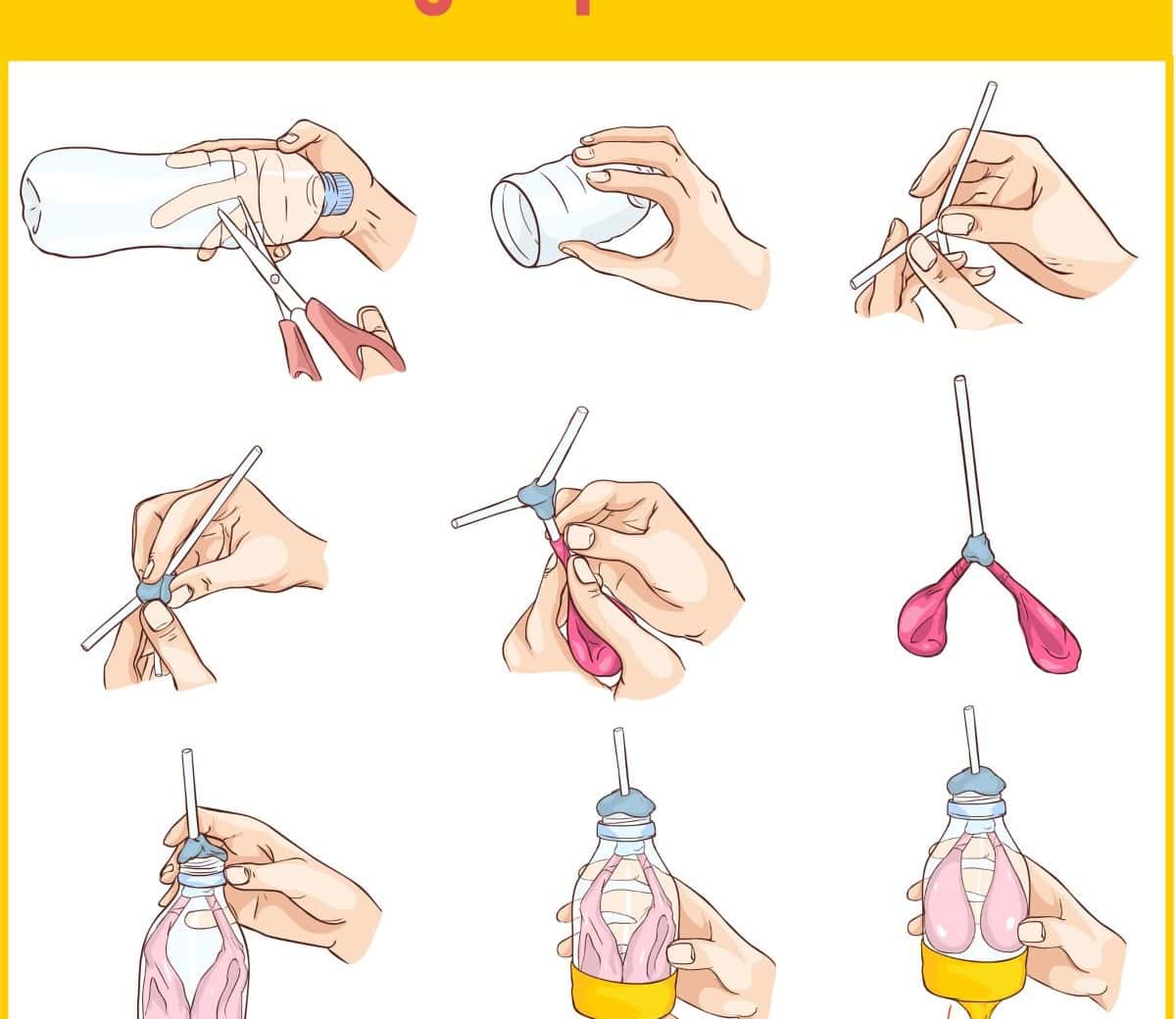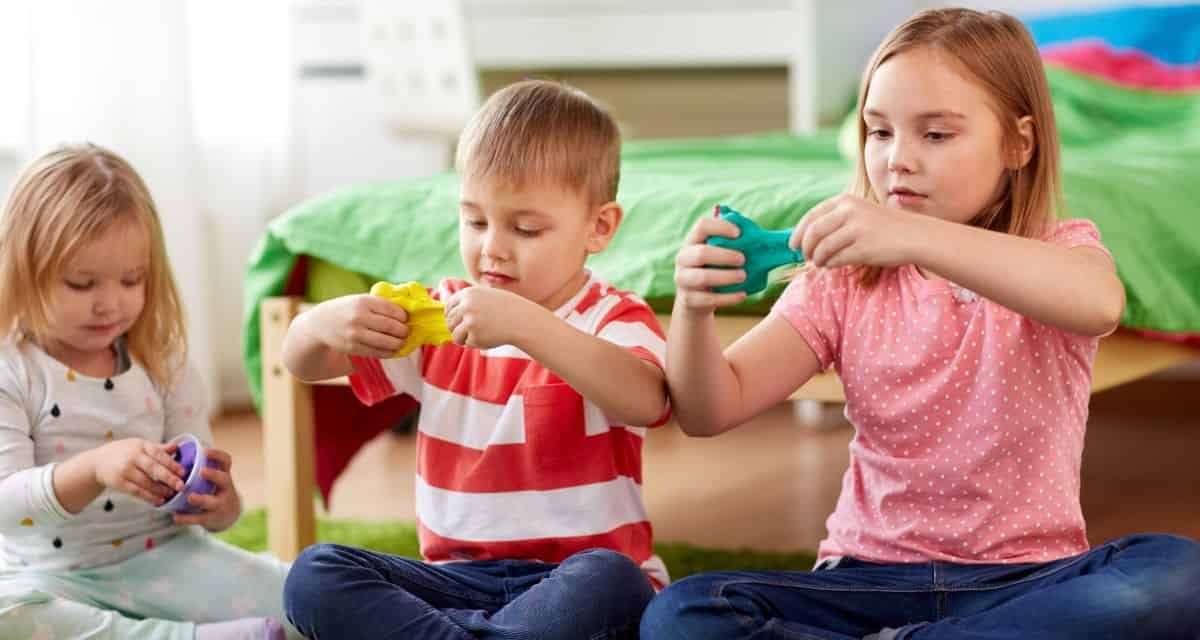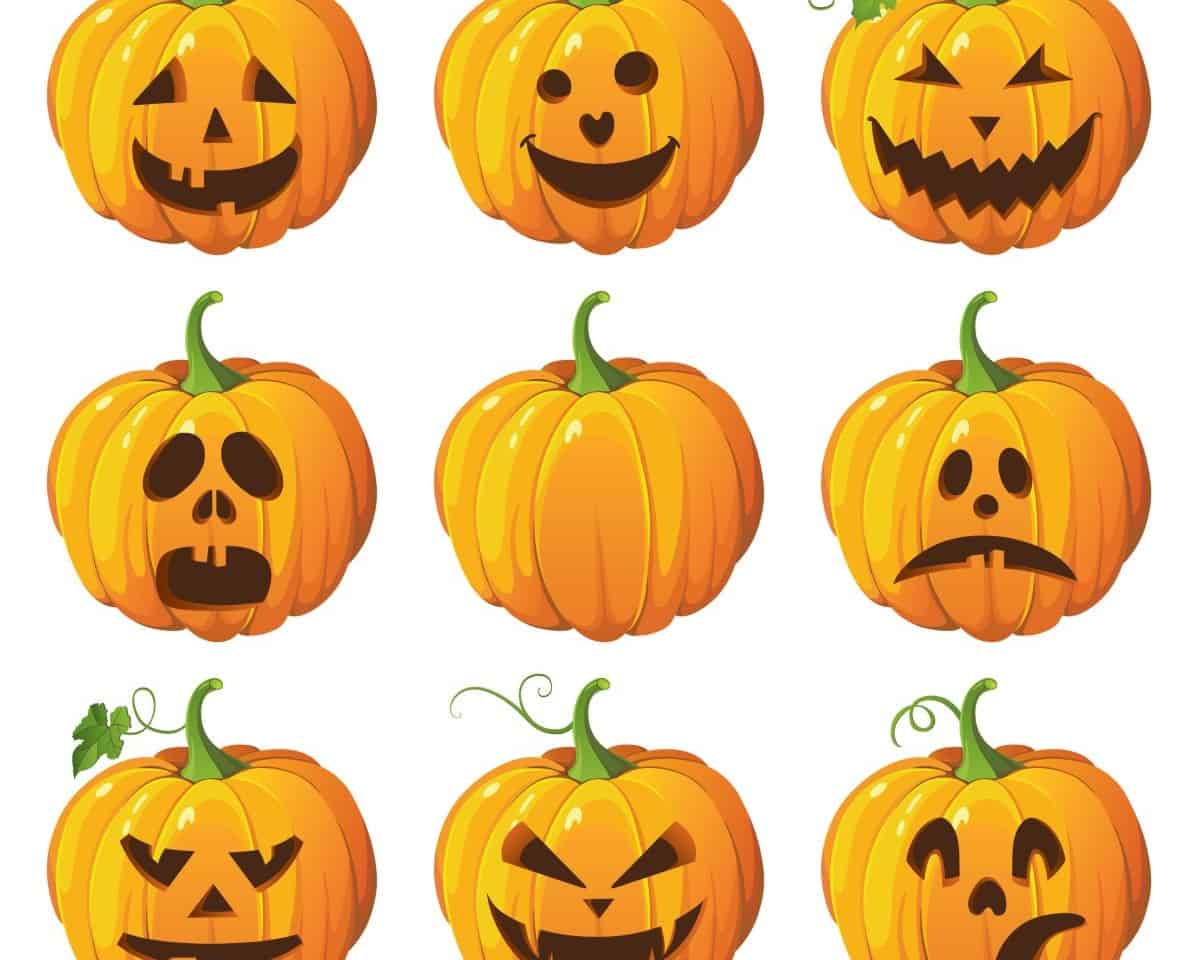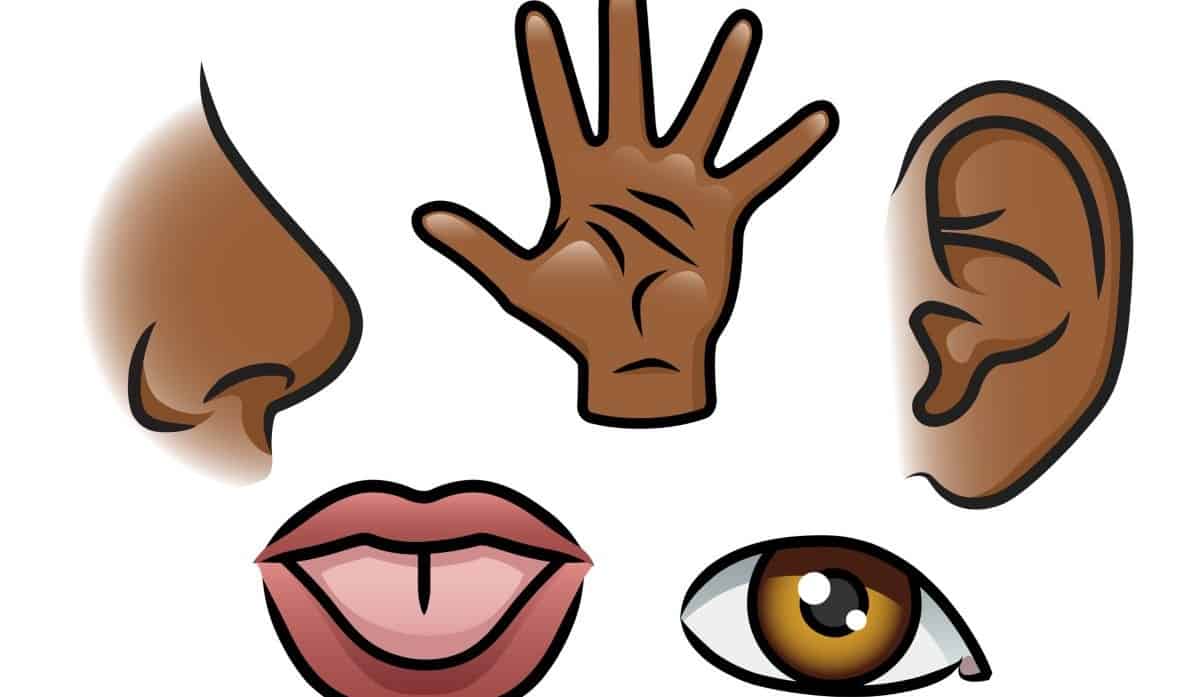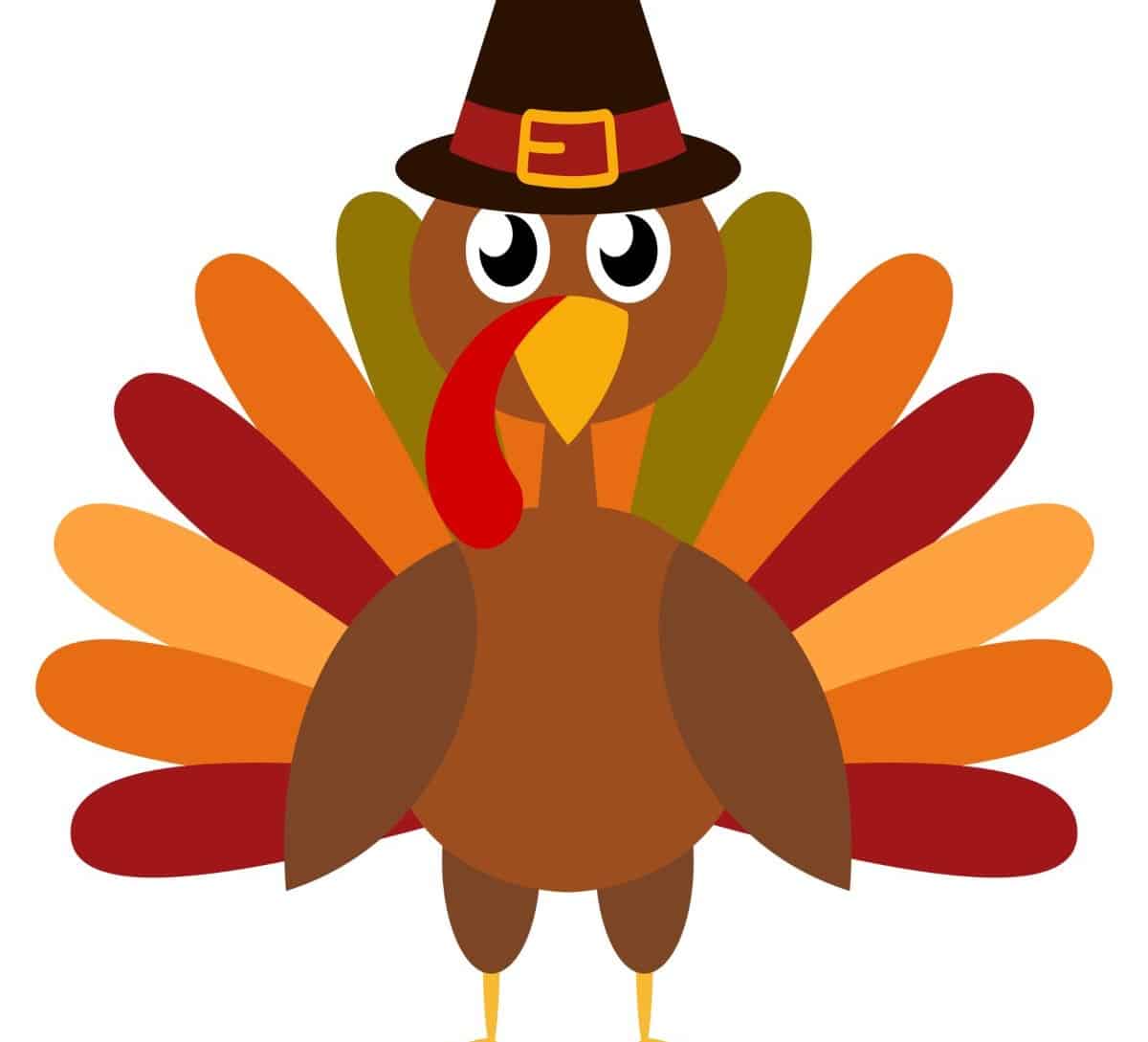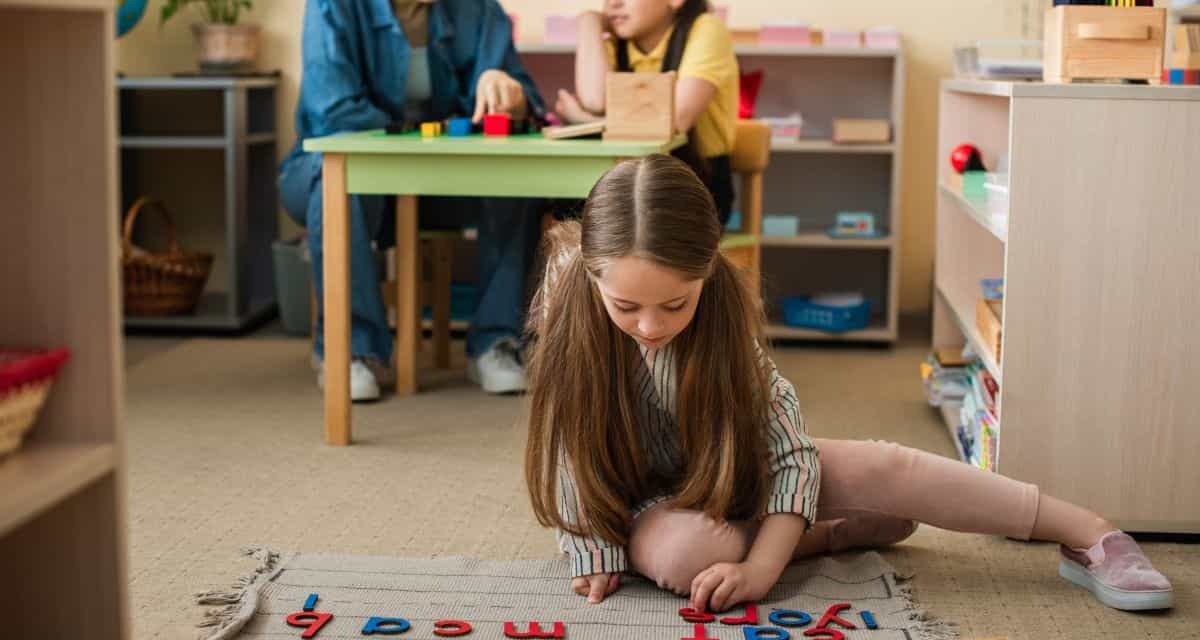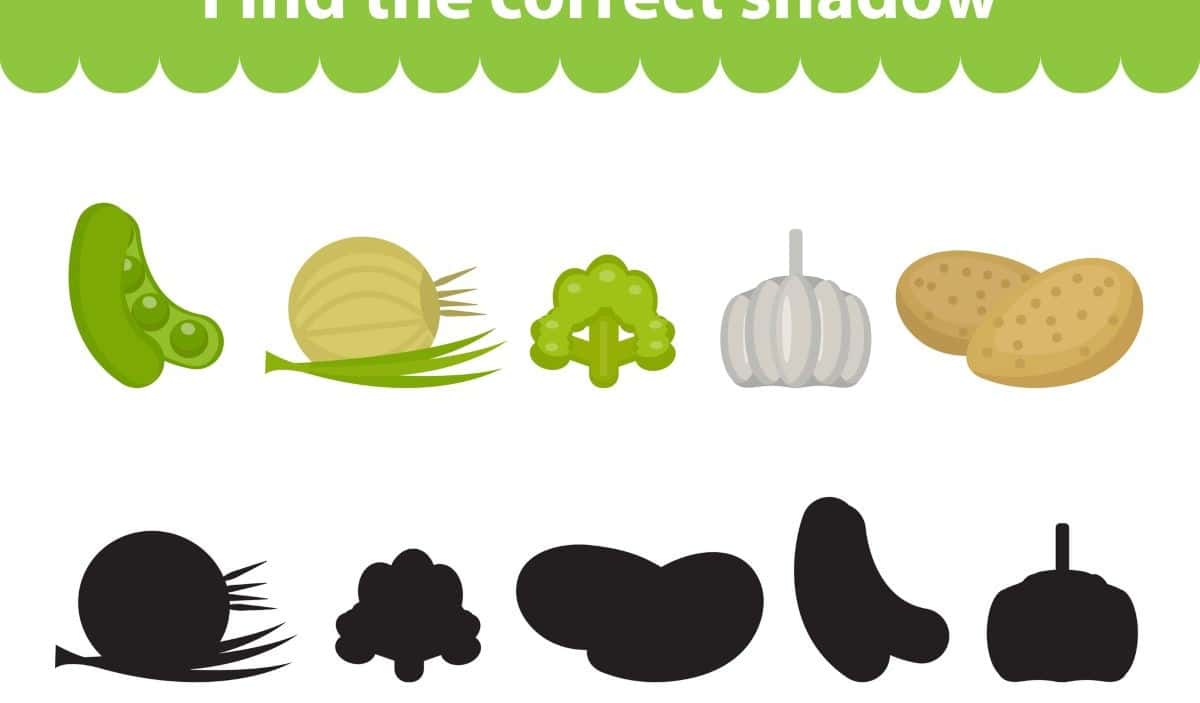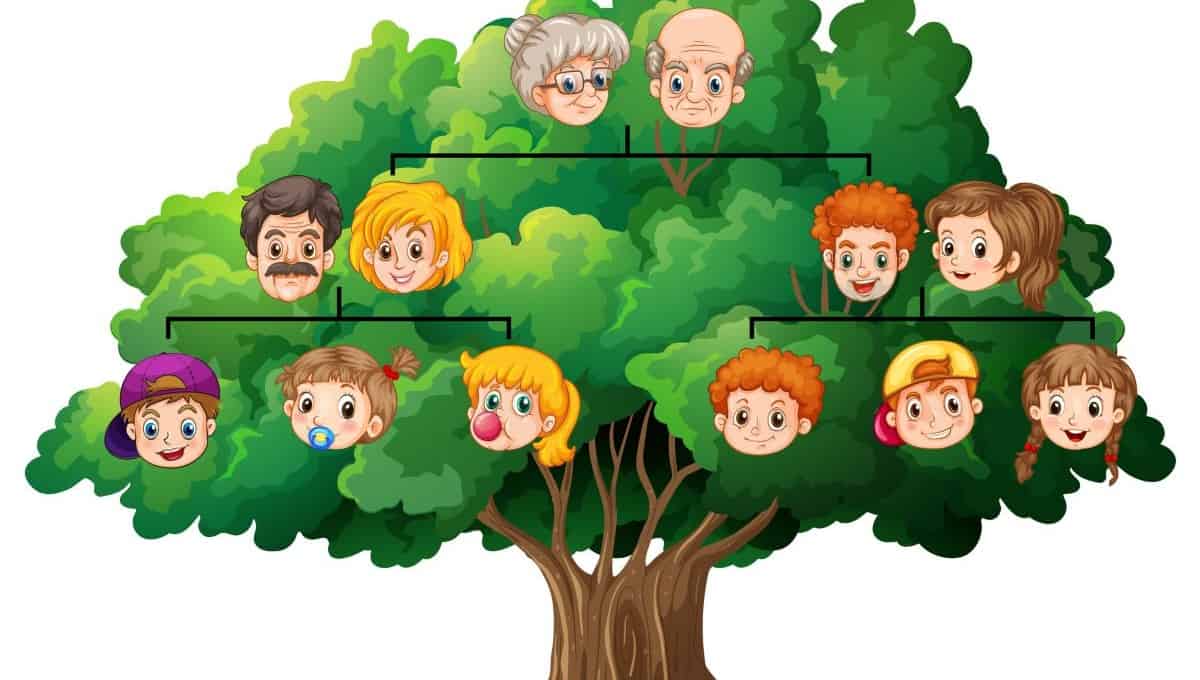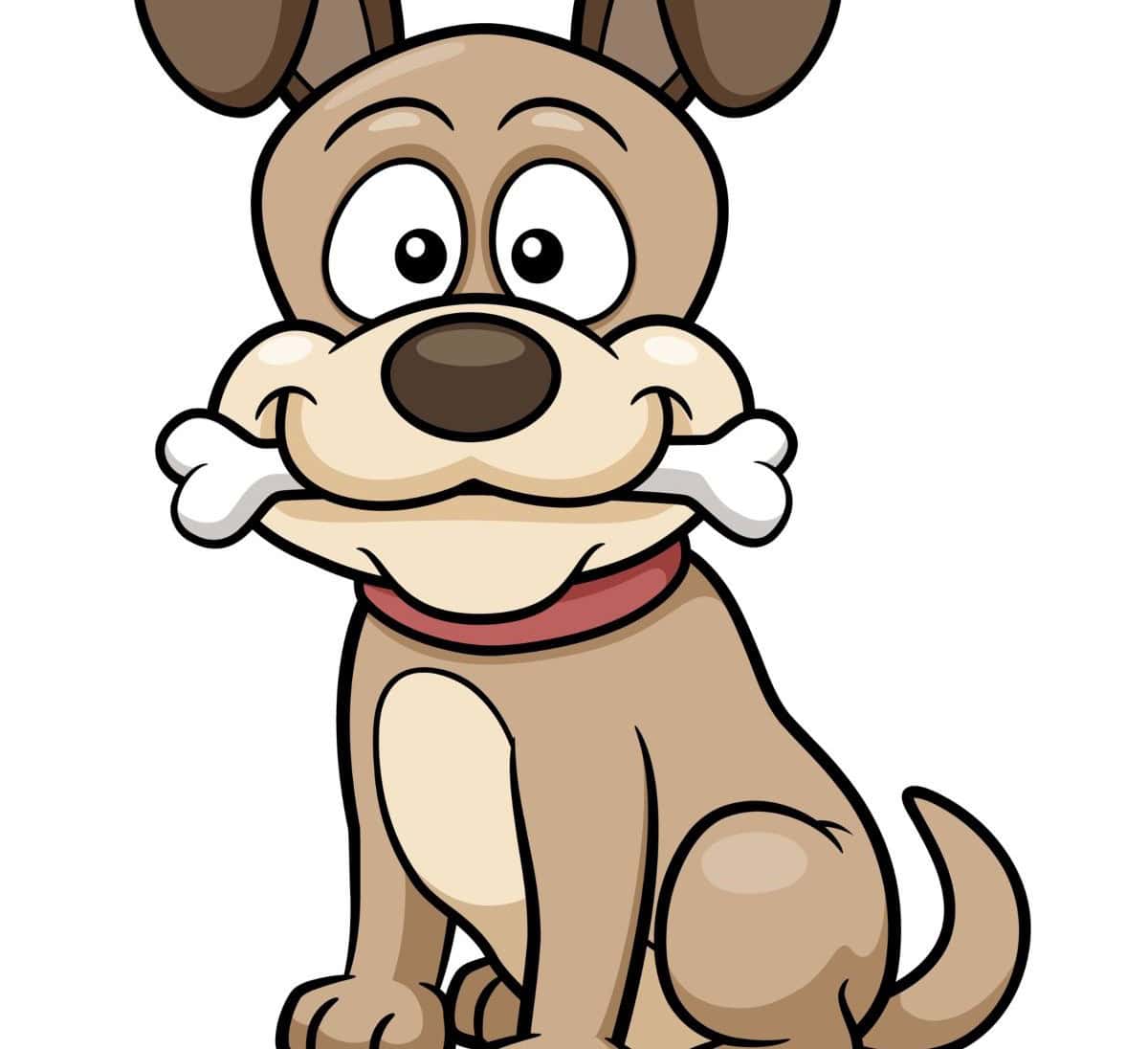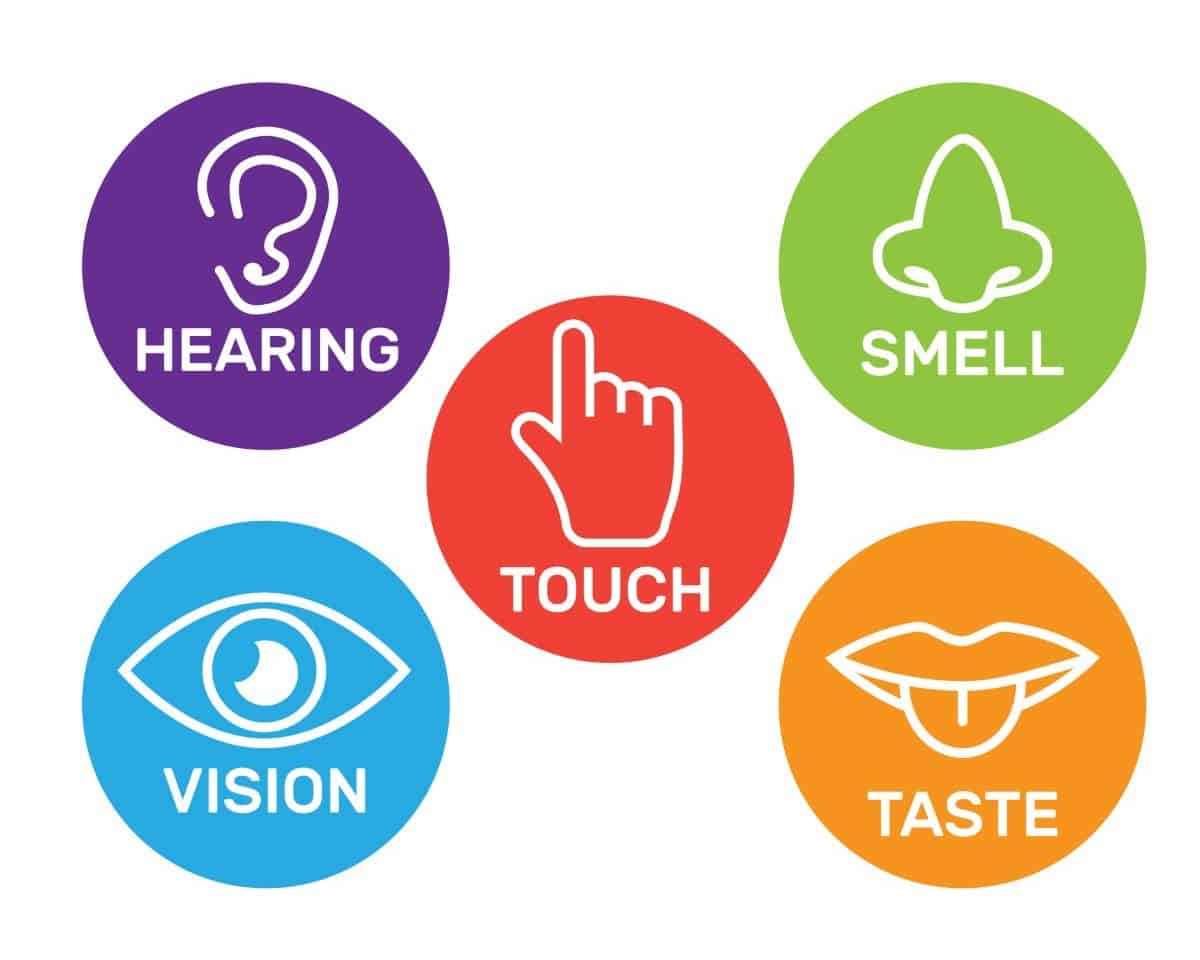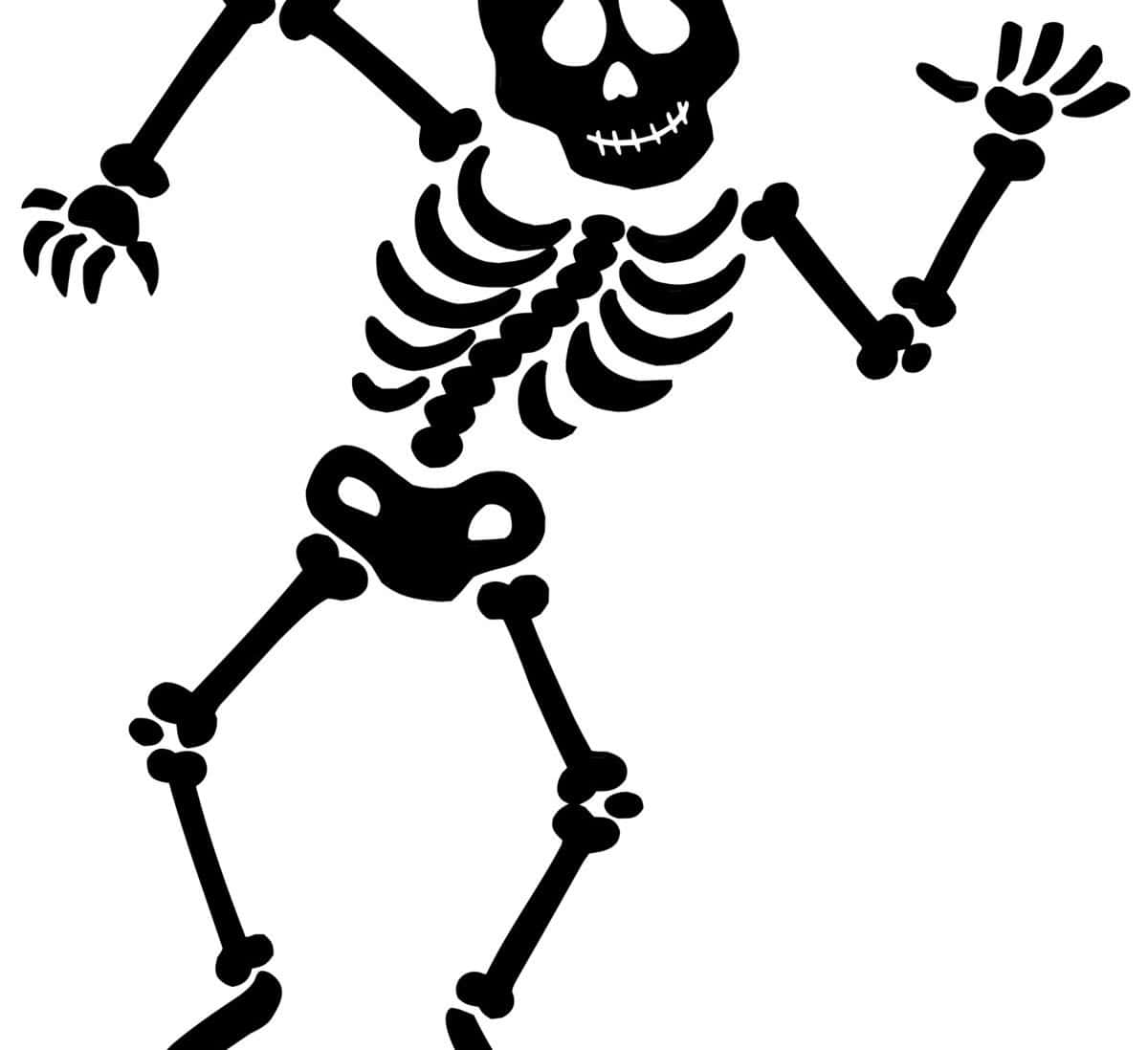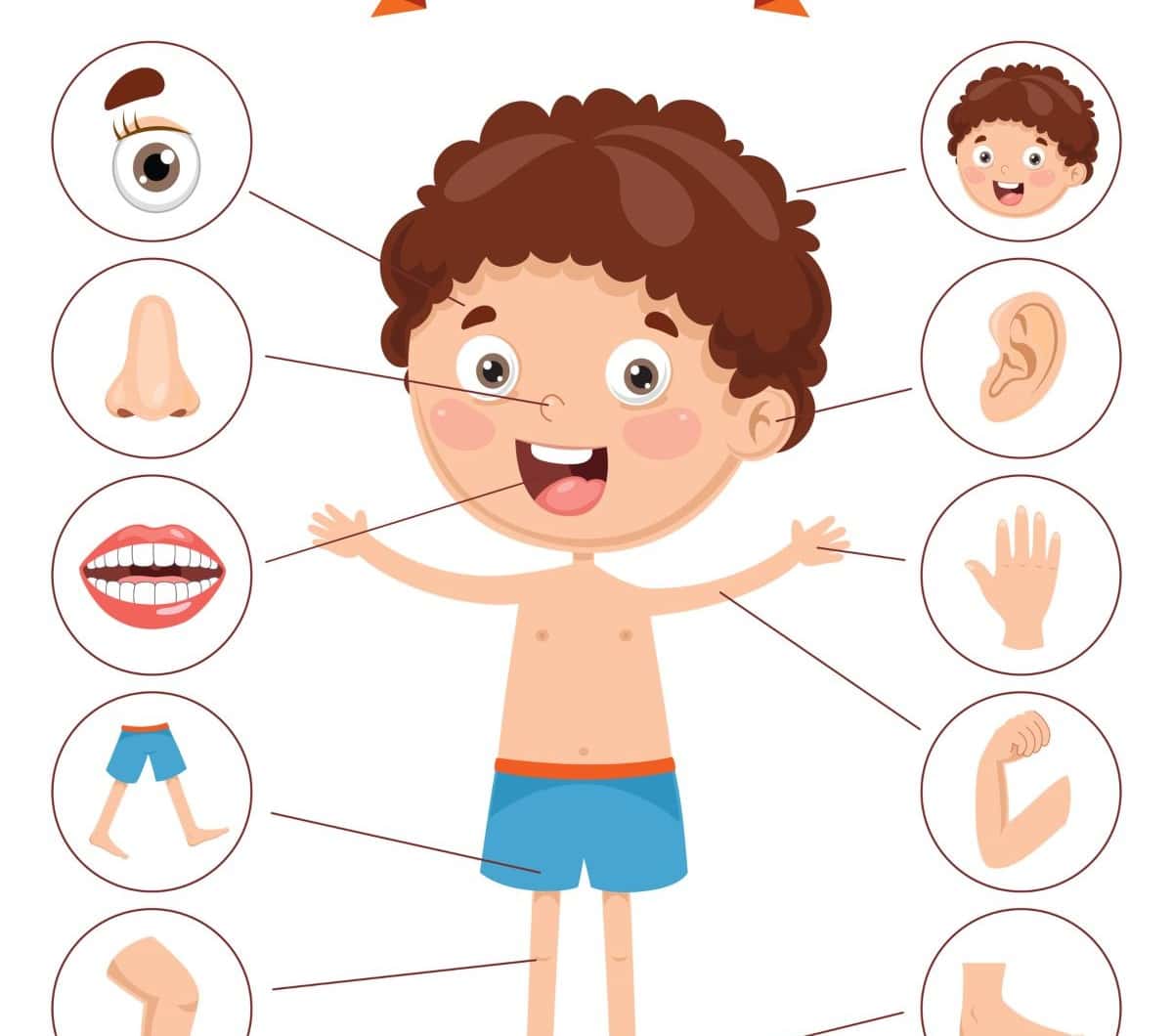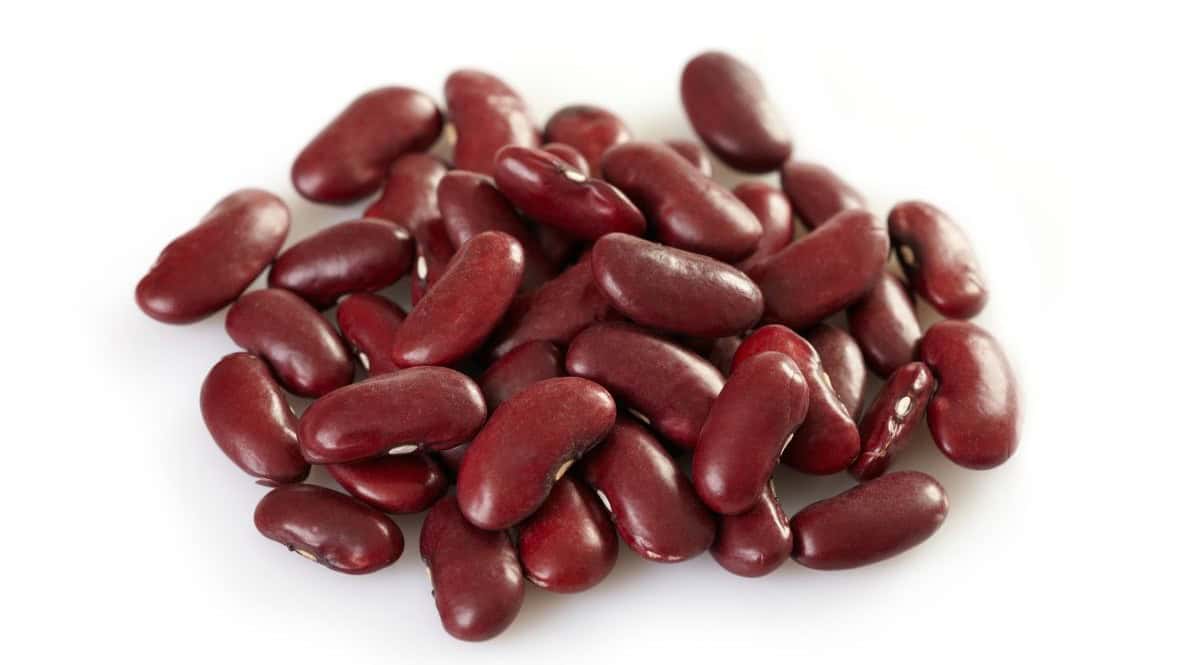As young as they are, preschoolers are beginning to grasp the concept of self-awareness and the world around them. This is the perfect opportunity to nurture their curiosity through engaging activities that cater specifically to their unique needs. By providing hands-on experiences that promote fine motor skills, gross motor development, critical thinking, problem-solving, and other essential foundational tools, we can help lay a strong foundation for future success.
The following list of all about me activities for preschoolers is designed to do just that, making learning a delightful and enjoyable experience for our little ones.
Rainbow Colors of Me
A simple yet engaging activity to kick off with young children is exploring colors. For preschoolers, this theme offers a fantastic way to foster critical thinking while having fun. The versatility of color-based activities makes them adaptable to various age groups and abilities. You can find numerous templates online or create your own unique approach. If you don’t already have a diverse set of crayons, consider investing in a bundle that covers all the colors of the rainbow!
For added inspiration, explore our curated list of games and activities specifically designed for preschool girls.
First Day of School Crayon Craft
Before diving into the project, it’s essential to preserve the seam on the construction paper as this will allow for easy insertion of information inside. To begin, fold a piece of construction paper in half and carefully cut a pointed top and rounded edges to replicate the shape of a crayon. This will serve as the foundation for our ‘first day of school’ journal. Inside, you’ll need to include a get-to-know-me questionnaire – either create your own or find one that fits your needs.
For the exterior, have the students decorate the front with their own picture and write in ‘First Day of [Grade]’ to make it truly personalized. This activity is particularly enjoyable for preschool teachers, marking the start of an exciting new school year. If you’re looking for more creative ways to engage your young learners, be sure to check out our selection of fun crafts suitable for 3-year-olds.
First Day of School Worksheet
To create a comprehensive and engaging start-of-the-year experience, consider generating your own customizable materials or sourcing free printables from online resources. This way, you can tailor the activities to suit your unique teaching style and provide necessary guidance for young learners who may need extra support. By incorporating these printable activities into your preschool lesson plan, your students are sure to appreciate the personalized touch.
Time Capsule
Time capsules are an innovative project that can be led by either a teacher or a loved one of a child. To get started, you’ll need a container with a secure lid, which offers a great opportunity to personalize the project. The next step is entirely up to your imagination and the children’s creativity. They can include items such as favorite books, cherished toys, photos of each child, or other fun ideas that fit within a preschool theme.
Additionally, you can find printable pages on websites like Teacher Pay Teachers, Etsy, and beyond that offer more learning opportunities.
Mask Self Portrait
In these unprecedented COVID-19 times, finding engaging preschool crafts is a great way to keep little ones occupied. One idea that’s both simple and adorable involves creating personalized masks. Start by obtaining a template featuring a head and mask design that your preschoolers can customize. Next, fold the template width-wise four times, ensuring each section is equal in size.
The first two sections will serve as the foundation for the face, while the final two sections will be used to depict their interests or favorite characters. This fun activity not only encourages creativity but also helps children develop important skills like problem-solving and fine motor control.
Family Handprint Tree
The family handprint tree is an ideal project for expressing gratitude during the holiday season. This inclusive activity invites everyone who lives with the child to participate and join in on the fun. To get started, you’ll need a paper plate as the base of the tree and a toilet paper tube to serve as the trunk. To create the illusion of branches, cut multiple slits at the top of the tube.
Each participant can then paint their hand their favorite color and use it to stamp a design onto a sheet of paper. Once the paint has dried, cut out each handprint and attach them to the tree trunk. As you add each handprint, take a moment for everyone to share what they’re thankful for this time of year.
Mini Printable Book
In addition to the first-day worksheet, another engaging way to document a year’s worth of milestones is through mini-books that children can fill out at the end of a school year, birthday, or academic term. For an extra-special touch, consider handcrafting the entire book. Alternatively, you can use pre-made outlines like this one.
What makes these preschool memory books so appealing is their adaptability – they’re suitable for kids of all ages and can be easily incorporated into lesson plans for other classes.
Working Lung Model
Teaching children about the importance of lungs can be an enlightening experience. By constructing a human lung model, youngsters can gain a deeper understanding of this vital organ’s role in sustaining life. The process is not only educational but also entertaining, making it an excellent addition to any back-to-school science activity.
For those looking to implement this project, our blog provides a comprehensive step-by-step guide to help navigate the construction process and bring this fun experiment to life.
Emotions sensory Play
This concept pairs beautifully with Pixar’s Inside Out. To bring this idea to life, feel free to use tactile toys like Play-doh or slime – the key is to incorporate a variety of colors. If you prefer to create your own materials rather than purchasing them, a simple slime recipe can be found [insert link]. For this activity, you’ll need red (representing anger), yellow (symbolizing joy), purple (associated with fear) and blue (linked to sadness).
The goal is to help children understand that it’s common and acceptable to experience multiple emotions simultaneously. Engage the child in a conversation about how they feel in different situations, validating their emotions and encouraging them to express themselves freely.
All About Me Worksheet
Critical thinking is an essential skill to cultivate in young children, and all about me sheets are a timeless tool for achieving just that. While there are countless preschool worksheets available online, I’d like to share one that has proven particularly effective in fostering critical thinking skills in the kids I’ve worked with.
Roller Coaster Activity sheet
Early emotional intelligence development in children can have a profound impact on their future well-being. One effective way to introduce kids to discussing and processing emotions is through visual aids, which can be particularly engaging for young learners. A roller coaster diagram can be a powerful teaching tool in this regard, as it’s a familiar and relatable image that can help illustrate emotional ups and downs.
For those seeking a more structured approach, pre-made sheets like [insert resource] are available to guide the discussion. Alternatively, simply drawing a wavy line with peaks and valleys and asking children to reflect on their emotions at different points can be an effective way to encourage emotional awareness and understanding.
Pumpkin Puppet Social Emotional Activity
We’ve discovered a versatile and creative way to use pumpkins for any time of year, not just fall. To create this customizable project, all you need is a few simple supplies: paper bags, a facial expression template (with adjustable emotions) and a space to record ‘I feel _____’ phrases. Begin by attaching the face(s) to the bottom flap of each bag, when it’s still closed, and secure them at the seam. Ensure the chin points towards the opening or bottom of the bag.
Next, have your child express their feelings by drawing different mouth shapes onto the faces. Record these emotions together and attach them to each corresponding bag. Finally, add some color if you haven’t already.
5 Senses Pop Rocks
The Pop Rocks experiment is an engaging activity that sparks curiosity and creativity. To get started, empty several packets of Pop Rocks into small containers. Begin by asking your children to describe what they see, smell, feel, taste, and hear. If they’re hesitant to try the unflavored water, add a bit to one of the dishes to encourage them. Take note of their observations before and after tasting, and record their findings in a notebook.
This activity not only provides an opportunity for sensory exploration but also fosters discussion about their experiences, allowing children to process and reflect on what they’ve learned.
My Name Turkey Craft
For a fun and engaging way to help your kids practice their name-writing skills, consider this adorable turkey-themed activity. With the ability to print up to 20 words, it’s perfect for young learners who need to reinforce their understanding of correct spelling. Plus, the simplicity of the craft makes it accessible for even the littlest ones.
Name Recognition Activity
At this stage, mastering letter recognition is key. A simple yet effective way to achieve this is by utilizing multicolored post-it notes and a marker. You can customize the approach as needed, taking advantage of different colored sticky notes if you have them. To enhance the learning experience, write out the name twice in any available space – be it on the fridge, a dresser, or even a wall. Alternate between colors to help your child better recognize the correct order.
If you only have one color of post-it notes, use bold markers to create a similar visual effect by rotating through different hues and using consistent colors for each letter in both sets of names.
Body Parts Matching Activity
In our household, printable downloads are a staple – and for good reason! Two standouts that we’re excited to share are this free matching game and another gem that’s just as engaging. Let’s start with the former. This interactive activity is a treat for both kids and adults alike, offering a fun way to learn and play together.
To get started, you’ll need three sets: one featuring objects paired with their corresponding body parts, and another set comprising words that cleverly tie in with the theme. The blog post does an excellent job of walking you through the rules and prep required to make this game a hit.
Shape of Me Cards
Visual perception in young children is a valuable indicator of their cognitive development. One effective way to assess this skill is through visual discrimination, which involves identifying similarities or differences between various images. This activity can be a fun and engaging experience for preschoolers once they grasp the concept. A great resource for practicing visual discrimination is the Safari Animal Shadow Clip Cards digital download.
To use these cards, all you need is a clothespin. The pack provides a comprehensive range of themes, ensuring that your preschooler stays entertained for hours. Simply print out the cards, laminate them if desired, and share them with your child. With this activity, you’ll be providing your little one with a delightful way to play and learn through board games designed specifically for preschoolers.
Family Tree Sensory Play
To create a fun and interactive family tree activity for kids, start by gathering all the necessary photos of family members and drawing a tree on a page. Attach the pictures to the tree, making sure each person has their own branch. Before you put it away, consider laminating the page or placing it in a large ziplock bag to protect it from damage.
Once it’s secure, add some tactile elements on top of the tree, such as sand, flour, erasers, small fidgets, and even paintbrushes.
This combination of textures will make the activity more engaging for kids.
Now, let your child explore the family tree! You can turn this into a game by challenging them to find specific family members or remember where they are on the tree.
Dog themed Name Recognition Activity
Mastering names is a vital skill for preschoolers to develop. While activities like name recognition can be engaging and effective, incorporating themes that resonate with young learners can make learning more enjoyable and memorable. This is exactly what I’m excited to share today – a fun and creative dog-themed activity designed to help little ones become proficient in recognizing and recalling their friends’ names.
5 Senses Fall Leaf
As the seasons transition, numerous visual stimuli emerge that facilitate effortless comprehension for learners. The shift can be as subtle as exploring the changing hues of a leaf or as comprehensive as interactive educational materials online. Engaging in fall-themed crafts with preschoolers is an excellent way to capitalize on this phenomenon.
Emotions Playdough Mat
When it comes to simplifying complex concepts, visual aids are a game-changer. One effective way to do this is by using props or hands-on materials that help bring abstract ideas to life. For instance, when working with children on emotions, consider bringing out playdough and various texture mats. This tactile approach allows kids to explore different feelings in a safe and relatable context.
Label a Skeleton worksheet
A unique and engaging approach to teaching kids about human anatomy, this skeleton worksheet provides an educational and non-graphic way for children to visualize what’s beneath the skin. While the labels might require some explanation, they can be easily modified to accommodate younger learners by using more accessible terminology.
Name Recognition with Polystyrene Cups
To create this interactive activity, start by writing each letter of the person’s name on separate sticky notes. Then, arrange these notes on an oversized sheet of paper in a way that leaves sufficient space between each letter to make it easy to match with the corresponding cup. Next, for each polystyrene cup, write out the same letter to spell out the name again. This setup ensures that the cups can be easily paired with their matching letters.
Edible Family Tree Activity
Embrace creativity by using your preferred base material, such as pancakes, cookies, or even other flat surfaces. Pair it with complementary toppings that harmonize with your choice, and a binding agent like icing to tie everything together, ensuring a cohesive and enjoyable experience.
Body Parts Printable Activity
As preschoolers begin to explore the world around them, their curiosity reaches new heights. One area of particular fascination is the human body, with many little minds eager to learn more about the ins and outs of this amazing machine. To encourage their natural curiosity and provide a fun way to learn, I recommend trying out a simple yet engaging activity – body part bingo!
Name Bean Collage
To create this engaging art project with minimal setup, you’ll need just a few simple materials: construction paper featuring the child’s name, dry beans, white glue, and q-tips. Begin by having the child write their name on the paper using the provided writing instrument. Next, use a q-tip to apply a small amount of glue along the lines of the written name. Then, have the child pick up a bean and carefully place it onto the fresh glue.
This process will be repeated for each letter of their name, allowing them to creatively decorate their own moniker with the tactile experience of adding beans to their work.
Lego Self Portrait
Embark on an exciting creative journey with a Lego self-portrait project! This fun and engaging activity is perfect for introducing Legos or simply having some quality time with your little ones. Begin by laying the foundation with a baseboard, then encourage their imagination to run wild as they build their own unique face. To add an extra layer of creativity, consider guiding them in creating specific facial features such as eyes, nose, and mouth.
If you’re looking for more inspiring ideas for your preschool lesson plans, be sure to check out our selection of large group activities designed specifically for preschoolers.

